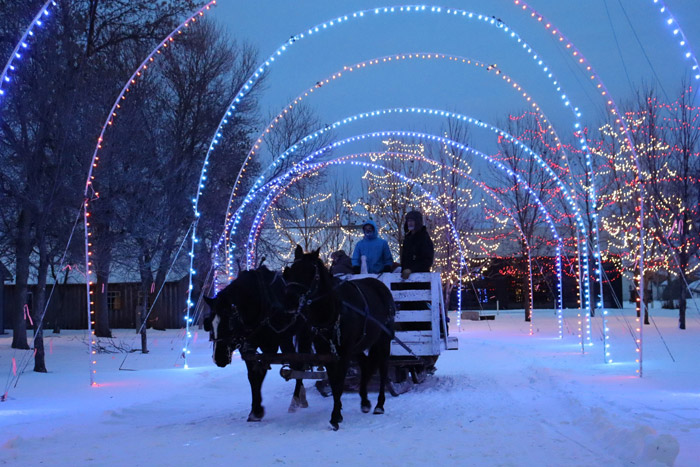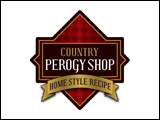Our tendency is to do things on our own. Independence is valued in our society. And we congratulate those who are self-sufficient and ‘masters of their own destiny’. Children grow up learning to think for themselves and every parent hopes that their child will be financially autonomous as an adult.
These skills and attributes are all valuable as we make our way in life. As a not-for-profit organization, Mennonite Heritage Village (MHV) operates with an independent board of directors who, along with the staff, set strategic goals and annual budgets in order to continue to support the museum infrastructure and programs that allow us to contribute to the rich culture and heritage in our growing community.
Though independence and self-directed programming are very important, equally important are the many partnerships that we have established over the years. Without community partners, MHV would miss out on the benefits of collaboration.
For example, for many years, the City of Steinbach and MHV have coordinated Canada Day celebrations in our city, with daytime events occurring on MHV grounds and evening activities happening at the soccer park. We share some funding and marketing, as we plan complementary activities. Steinbach citizens benefit from the wide range of planned programs throughout the day and both the city, and the museum can concentrate on their portion of the day to ensure that all participants have a good experience.
Another example of working together is found in the programming that we do with Eastman Immigrant Services (EIS). Several years ago, we created an exhibit which featured immigration as a major theme and EIS was asked to find several volunteer clients who would be willing to tell their immigration story alongside the story of the 1920’s immigration of Mennonites to Manitoba. We found out that immigration stories can have many similarities, no matter which decade they originate in, and we also learned more about our new neighbours and the struggles that newcomers continue to encounter. Since then, we have made efforts to welcome all newcomers by hosting a ‘Family Fun Day’ in May where EIS provides the program, and we include their activities in our Manitoba Day schedule. Also, our Fall on the Farm festival now regularly includes a ‘Cultural Showcase’ where a variety of cultures are invited to present their music, dance and food alongside the traditional demonstrations and food that we feature at MHV.
My third example is about the local clubs and interest groups who offer their expertise and assistance to make our festivals, programs and facilities better. The South East Manitoba Draft Horse Association is a wonderful example. Their members give horse drawn wagon rides at all our events in summer and winter. They assist us in repairing old equipment and provide on-site demonstrations during Pioneer Days and Fall on the Farm. During Pioneer Days, they hold their annual Horse Show at MHV and this weekend, they are utilizing our village and grounds for their annual ‘Christmas On The Farm’ event, offering free sleigh rides while collecting groceries for the local food bank. For decades they have been highlighting the role of horses in the life of early settler farms and communities. A visit to MHV is enhanced by their participation.
There are well over a dozen points of cooperation and collaboration with various organizations and volunteer groups that continue to shape the programs and activities that MHV can offer. If I start naming them, I am sure to miss one or two, but they all provide an excellent case for our need to work together so that MHV can continue to tell the story of the early Mennonites who migrated to Manitoba, and so that our community continues to experience understanding and belonging at MHV.




